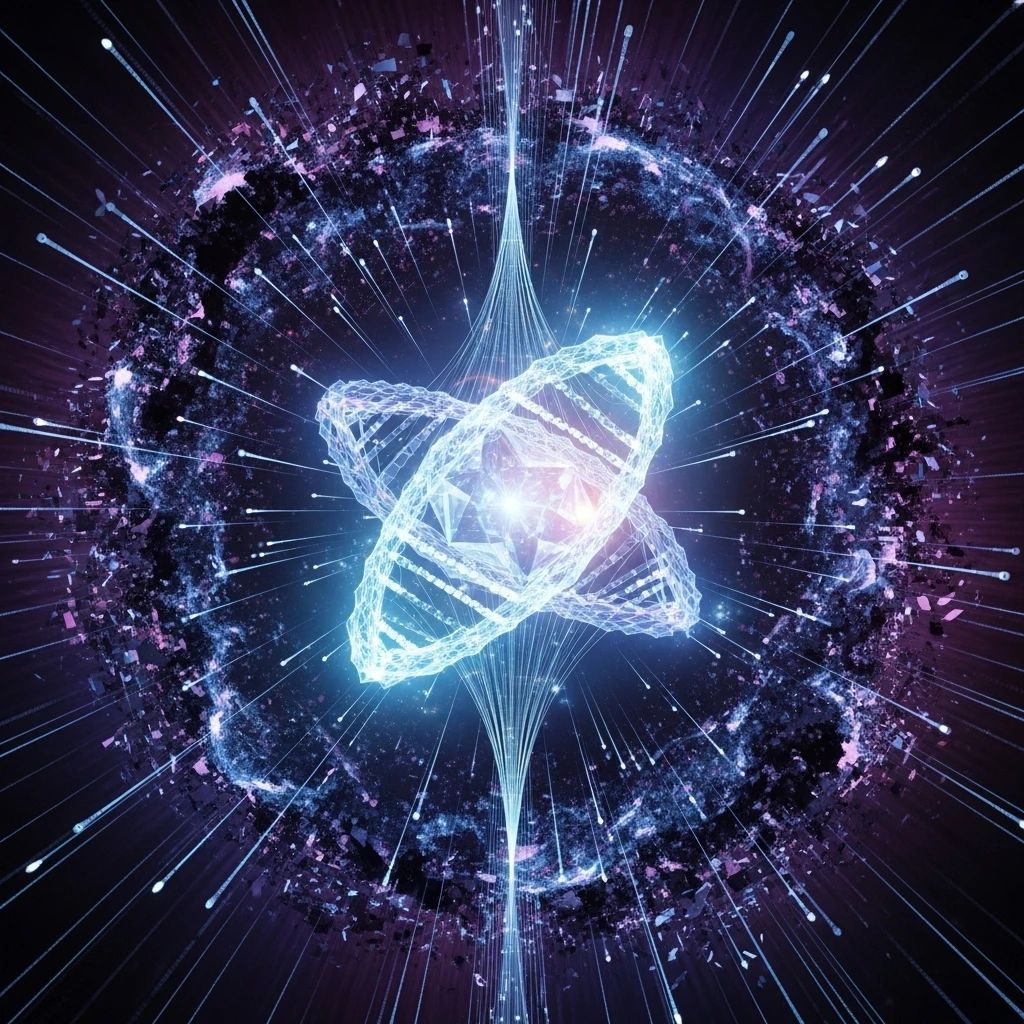
This paper proposes “Gödel Information” as a technical term, defined as meaningful order that spontaneously emerges within dissipative structures but cannot be derived from the formal rules within the system itself. Its generation pattern follows a Poisson distribution and exhibits nonlinear mutation characteristics. This type of information exists widely in black hole singularities, quantum collapse, life systems, and ordinal logic systems constructed based on dissipative structures, reflecting the deep coupling mechanism of information, energy, and time in complex systems.
Gödel Information refers to a kind of structured order that cannot be deduced internally from a closed formal system but emerges within open systems through the exchange of energy and information with the environment. Its characteristics satisfy Gödel’s incompleteness theorem, manifesting in the system’s inability to prove the truth value of such information, even though it is critical to the system’s evolution.
Unlike Shannon information, which focuses on compressibility, Gödel Information emphasizes the irreducibility of structure and the semantic nonlinear leap. It is the core element in the generative process of transitioning from “disorder” to “order.”
Dissipative structures are open systems far from thermodynamic equilibrium, forming stable and ordered macroscopic structures through energy exchange with the environment under nonlinear feedback mechanisms. This process reflects internal negative entropy aggregation, corresponding to the emergence of Gödel Information.
Key features of the Gödel Information formation process include:
The Poisson distribution serves here as a mathematical modeling tool to describe the frequency of low-entropy ordered structures emerging from a high-entropy background. For example, the Poisson spot formed behind a circular obstacle when a light beam passes through demonstrates the emergence of stable order from disordered interference.
Multiple physical theories exhibit structural patterns consistent with the Gödel Information generation mechanism:

These systems all demonstrate the emergence of incompressible, unpredictable, irreducible order from high-entropy states under external input and internal feedback—i.e., the physical realization of Gödel Information.
Ordinal logic systems based on dissipative structures embed the irreversibility of physical time into computational processes. A typical form includes:
In such systems, each evolutionary step of the system’s state (e.g., block formation) is not solely determined by internal algorithmic logic but by external energy/time consumption combined with competitive structures. The structure selected through physical evolution constitutes “Gödel Information.”
Life systems can be viewed as structures actively responding to Gödel Information:
This mechanism is structurally isomorphic to the irreversible structural evolution process of ordinal logic systems built upon dissipative structures.
Gödel Information, as a meaningful structure emerging from disorder, is the core type of information in the self-organization process of dissipative structures. Its emergence mechanism follows nonlinear dynamics, often exhibiting characteristics such as local singularities, Poisson distribution, and cross-system structural mapping.
Across physical systems, life systems, and ordinal logic systems constructed from dissipative structures, Gödel Information offers a unified theoretical framework for understanding structural generation, time irreversibility, and order stabilization.